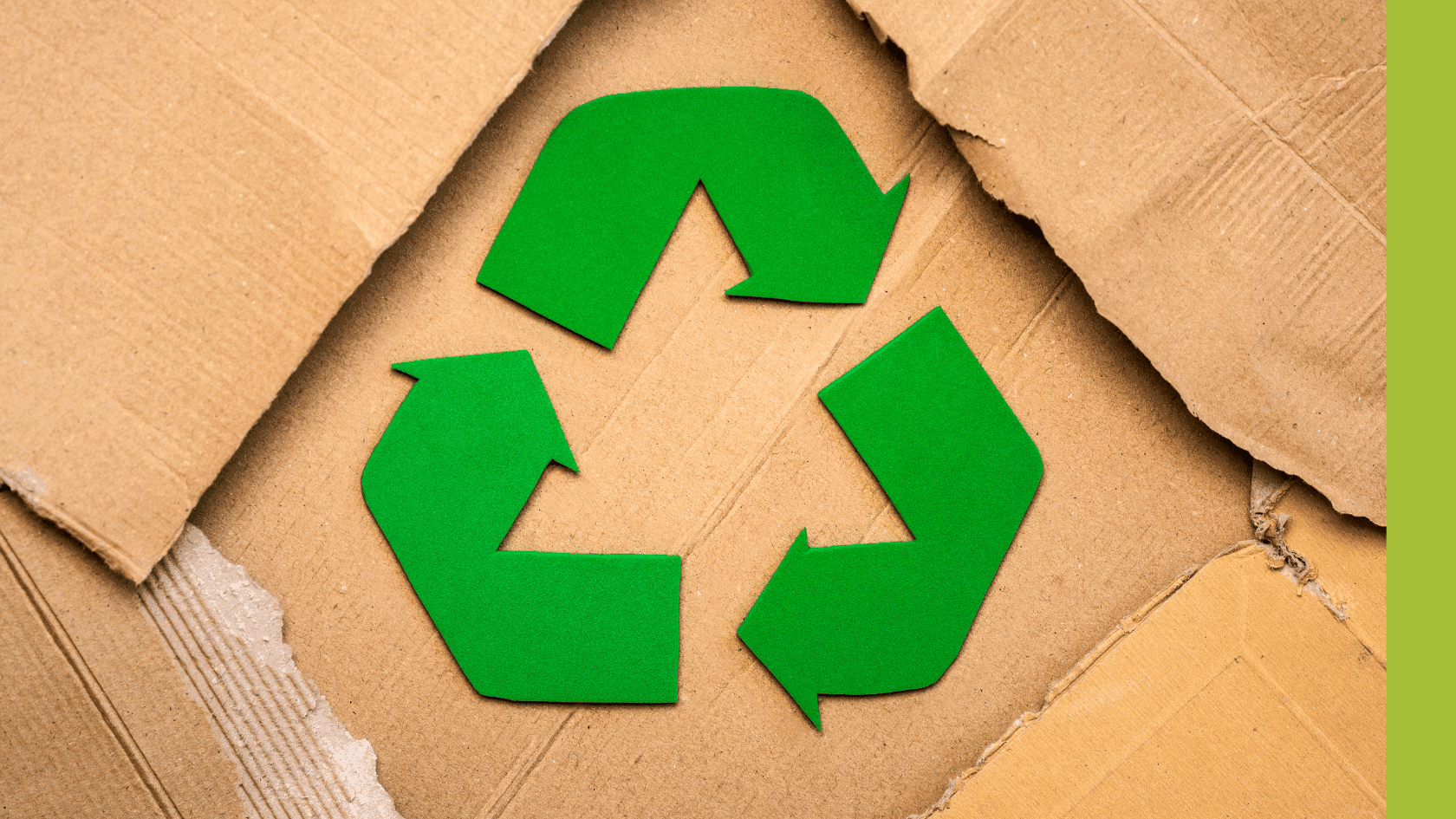Sustainable packaging is moving up the agenda. As we become more aware of our environmental impact and the need to reduce the amount of waste going to landfill, so customers are beginning to expect – even demand – sustainable packaging solutions.
From biodegradable wrapping to paper tape there are multiple options and, whilst the emphasis is on waste reduction, using sustainable packaging also brings other benefits such as reduced pollution, more efficient use of resources and enhanced brand reputation.
What is sustainable packaging?
The Sustainable Packaging Coalition considers sustainable packaging to be: “an approach to the design, production, and distribution of packaged goods.” It considers the impact of the entire packaging lifecycle, making it about more than just recyclability but also the sourcing and manufacturing of packaging materials.
Why is sustainable packaging important?
Packaging fulfils several important roles, it protects goods during transportation, ensures perishables remain fresh and acts as advertising for brands. But plastic packaging has a significant impact on our environment. The world produces 141 million tonnes of plastic packaging a year and in the UK, plastic packaging accounts for nearly 70% of our plastic waste. In addition, plastic production, use and disposal contributes about 1.8 billion tonnes of global carbon emissions annually.
So, introducing more sustainable options has the potential to significantly lessen pollution levels by reducing resource consumption, waste generation and carbon emissions.
And there are other benefits too. Using sustainable packaging can enhance a company’s reputation and attract environmentally aware consumers as well as ensure compliance with the numerous regulations and policies designed to reduce packaging waste.
These include the Packaging Waste Regulations 2007, Extended Producer Responsibilities, the UK Plastic Packaging Tax and the EU Corporate Sustainability Reporting Directive.
How to reduce packaging waste in manufacturing
Reducing the amount of packaging waste involves a number of approaches, from choosing more sustainable materials to avoiding over-packaging. Automation plays a big part; machines are more accurate and reliable than their human counterparts, precisely measuring and dispensing packaging materials, creating customised packaging solutions, reducing waste and maximising space. Let’s take a look at how:
- Vertical Form Fill Seal (VFFS) sack-filling machines
These machines form, fill, and seal packaging bags from a roll of film. The bags are made as they are needed and the accurate measuring and dispensing systems mean the product fits exactly, thus reducing excess packaging material.
- Automated Box Making Machines
Similar to sack-filling machines, these produce custom-sized cardboard boxes on-demand, eliminating the need for pre-made boxes and reducing excess packaging material. - Palletisers
Palletisers stack and arrange products on pallets for shipping and can be programmed to create complex patterns. This ensures packages are arranged efficiently, reducing wasted space. - Automated labelling systems
Automating the labelling process improves accuracy and minimises label waste due to misprints or errors. - Protective Packaging Systems
Machinery such as shrink wrap machines, foam-in-place systems, and inflatable packaging systems can provide secure and protective packaging for fragile or sensitive items. This minimises the risk of damage during transit whilst also reducing the volume of packaging required. - Strapping Machines
Strapping machines automate the process of applying straps or bands to secure packages and pallets without the need for excess wrapping. - Customised Packaging Solutions
Advanced machinery uses features such as dimensioning technology to accurately measure products and select the most appropriate size and type of packaging.
Choosing sustainable packaging is a win for both business and the environment. For further information and advice, contact us.

